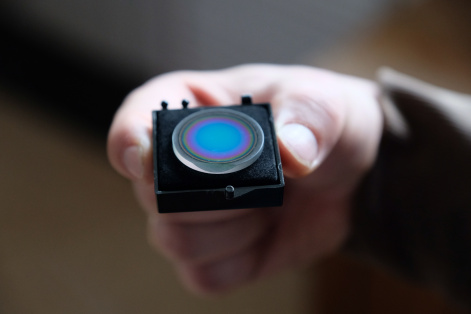Nanoparticles in solar cells will make them more efficient and cheaper
22 November 2022 г.

Solar energy (photovoltaics) is a promising area of alternative energetics that converts sunlight into heat or electricity. The efficiency of such devices is determined by the material of a photosensitive layer. Modern silicon-based solar cells have almost reached their limit in the ability to convert light energy into electrical one. In this regard, scientists are exploring new materials for photovoltaics, and developing methods to increase the efficiency of light conversion.
Scientists from the Federal Research Center "KSC SB RAS" and the Siberian Federal University proposed to use nanoparticles in the design of organic solar cells based on the Tamm plasmon polariton. This made it possible to enhance the absorption of light and improve the efficiency of the device.
The researchers used nanoparticles flattened or elongated with respect to the incident electric field vector in the photosensitive layer. This allowed increasing the absorption of light incident on the photosensitive layer by almost 10%. Moreover, in the proposed model, the photosensitive layer acts not only as an absorber, but also as a mirror, which takes part in the formation of a localized state, the Tamm plasmon polariton. In addition, the new design of solar cells will reduce costs in their production.
“The operation of a solar cell is based on the principle of the Tamm plasmon polariton – a bunch of light trapped between a photosensitive layer and a multilayer reflective mirror. Its role is to form an additional light absorption band in the photosensitive layer. The solar cells obtained earlier on its basis were distinguished by high absorption of light, a part of which, however, was not converted into electrical energy. We suggested a new model of an organic solar cell in which the photosensitive layer simultaneously performs two roles: an absorber and a mirror for the excitation of the Tamm plasmon polariton. The attractiveness of such a device lies in the fact that it is possible to completely avoid metal contacts and minimize losses in the structure,” said Rashid Bikbaev, Candidate of Mathematical Sciences, researcher at the L.V. Kirensky Institute of Physics SB RAS.
The study was supported by a grant from the President of the Russian Federation for young candidates of science (project No. MK-46.2021.1.2).
Share:
